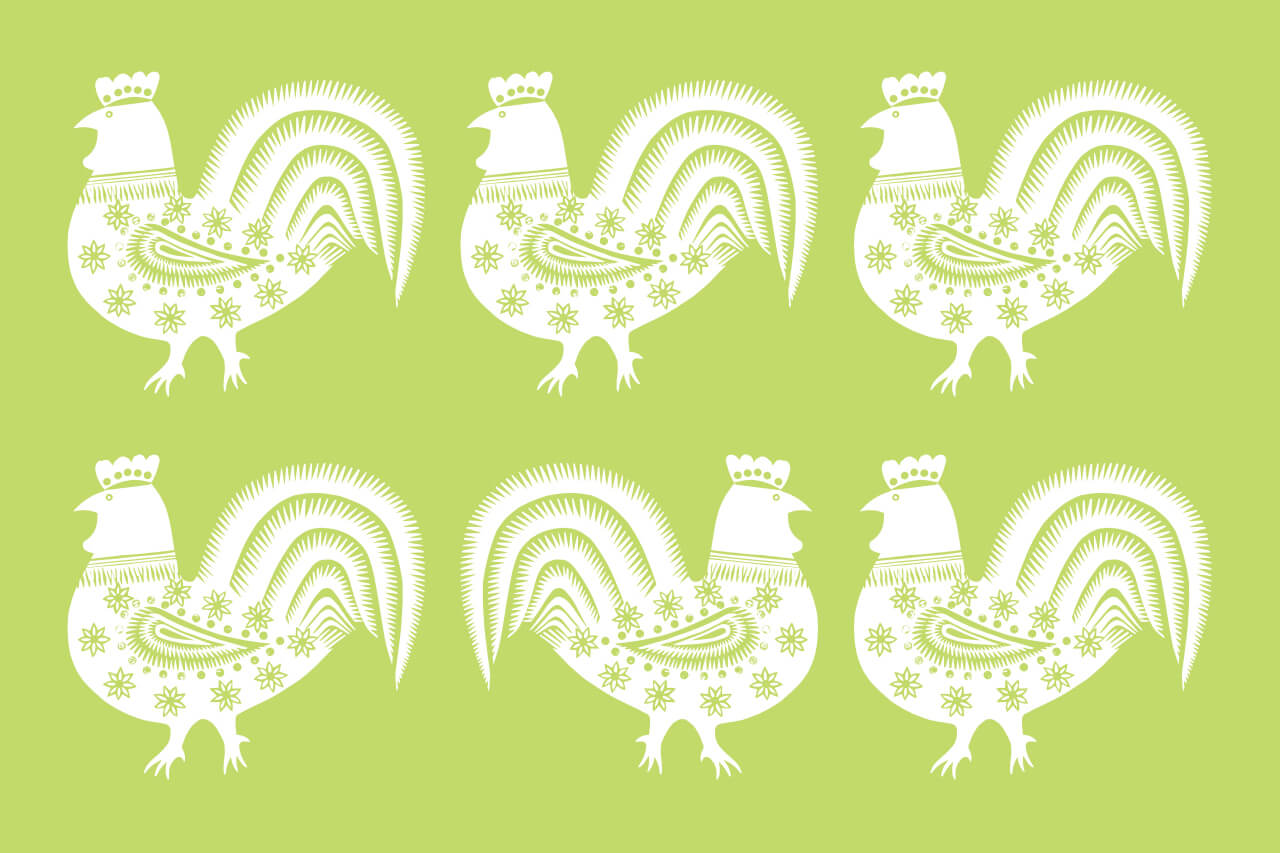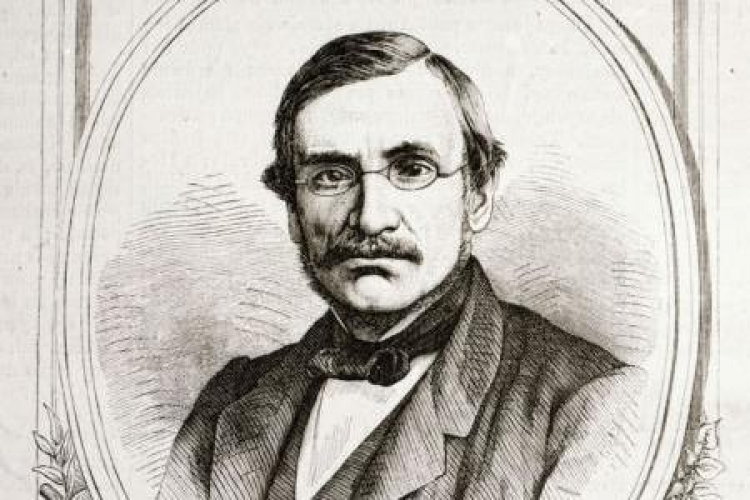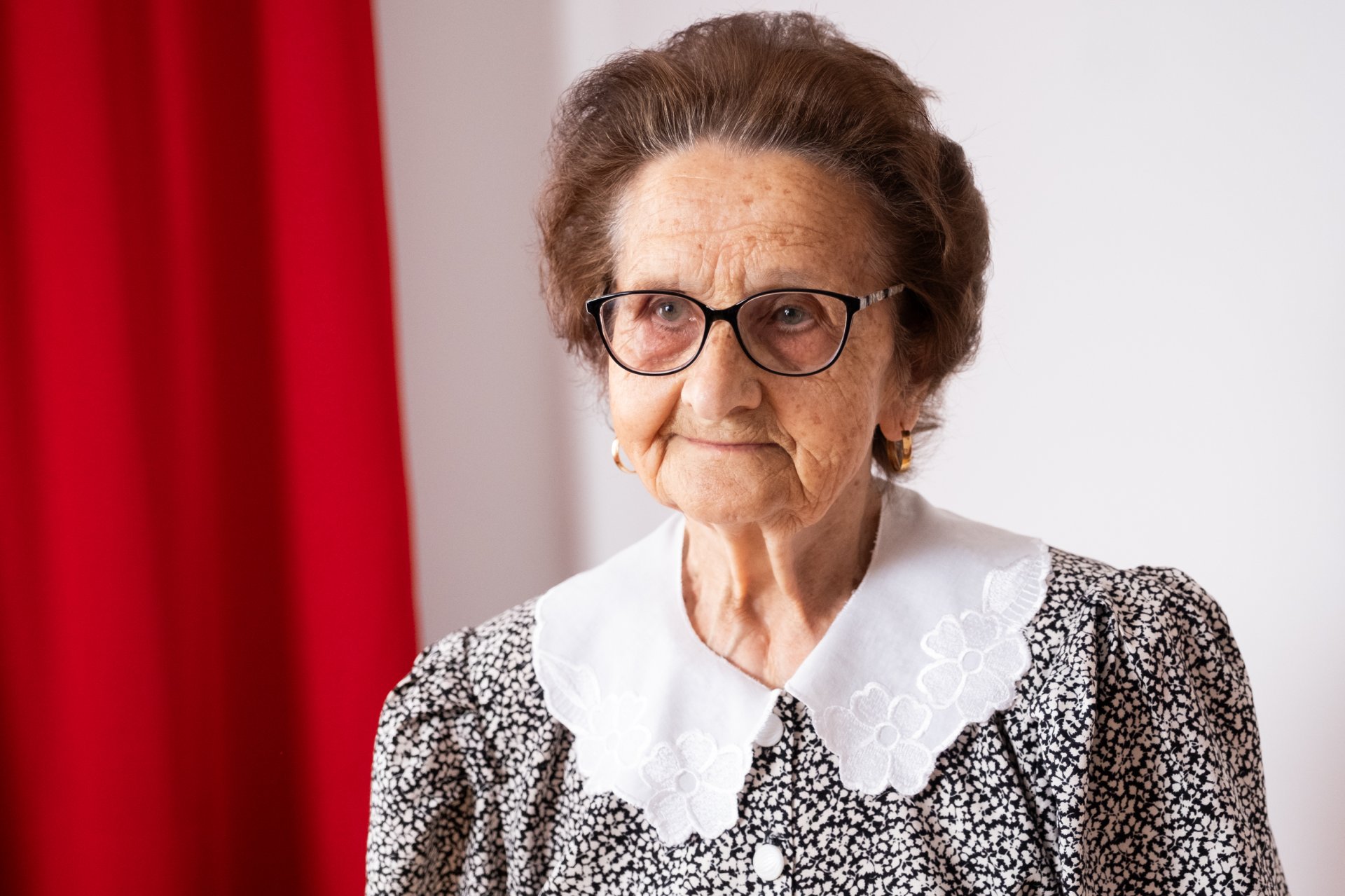Henryk Oskar Kolberg was born on February 22, 1814 in Przysucha in the Opoczno district in Poland. He was born to the family of Juliusz Kolberg, the engineer of cartography who came to Poland from Prussia in 1796, and Karolina Mercoeur who came from a French family and was born near Warsaw.
After a few years of living in the Opoczno district, Juliusz was appointed a professor at Warsaw University. Since then, the family was introduced into the aristocratic community of the capital. The Kolberg family moved to the outbuilding of the Kazimierz Palace and became neighbours of the Chopin family and K. Brodziński.
In the years 1823-30, Oskar was a student of the Warsaw Lyceum whose head was S. B. Linde. Some other students of the Lyceum were two older brothers of Oscar, William and Anthony, as well as Frederic Chopin.
Along with education in Lyceum, Oskar took piano lessons. His first teacher was T. Głogowski. Later, in the years 1824-30, his teachers were F. Vetter from Lusatia and J. Elsner. The year of 1830 finished the teenage period in the Oskar’s life: the November Uprising began and, in 1831, Juliusz Kolberg died.
The young Kolberg started his clerking career and, between 1832 and 1836, he continued his musical education. He took lessons from I. F. Dobrzyński. Later, when he moved to Berlin he took lessons from K. F. Girschner and K. Rungenhagen. After coming back to Warsaw, Kolberg taught music. At the beginning, he wanted to become a composer. Apart from the vocal-instrumental lyric forms, he was still interested in piano music. Special attention should be put on his Mazurkas and Kujawiaks, which possess folk connotations and are composed in the early Romantic 'brilliant' style. In 1853 the premiere of his opera Król pasterzy [The King of Shepherds] took place. Later, Kolberg gave up his composing career and focused exclusively on the documentation of folklore.
By the end of the 1830s, Oskar had already started to collect folk songs and melodies. During his first voyages to the vicinity of Warsaw, he was assisted by writers, painters and musicians; among others, J. Konopka, E. Jenik, T. Lenartowicz, L. Norwid, W. Gerson and A. Kolberg. By 1840 he had already collected hundreds of song manuscripts. In the 1840s he published also the first collection of folk songs intended for singing.
Since 1845 Kolberg worked as a clerk at the Management Board of Warsaw-Vienna Railway. At the same time, he conducted a systematic field research. He started in Masovia but later he spread the research over the whole area of the former Polish Commonwealth.
Kolberg cooperated with some of Warsaw’s newspapers, the most important of which was Biblioteka Warszawska [the Warsaw’s Library]; at that time, it served as the literary and intellectual centre of Warsaw. Kolberg was a co-editor of Encyklopedia powszechna [The Universal Encyclopedia] of S. Orgelbrandt. Kolberg edited most of the entries about music.
In 1857 Oskar published The Songs of the Polish People which includes over 400 ballads and the same number of dance melodies. This collection, which consisted of pieces of folk music in their authentic form (i.e. without harmonization) received, in Kolberg’s day, very good reviews. Oskar had an intention to publish other volumes with songs, but in 1865, he developed and started to realize his enormous plan to collect material for a new field of science – ethnography. In the same year he published the first part of his landmark work The People. Their Customs, Way of Life, Language, Folktales, Proverbs, Rites, Witchcraft, Games, Songs, Music and Dances. Volume 1: The Sandomierz Region. Since then, he consistently realized this project through a series of regional monographs which describe the Polish folk culture of the 19th century.
Between the years 1867-69, he published volumes 3 and 4, which constitute the monograph Kujawy. In consequence, he considered The Songs of the Polish People from 1857 as volume 1 and The Sandomierz Region as volume 2 of The People. However, Kolberg had problems with finding sponsors for his undertaking. The lack of support for his work, the political situation in the Kingdom after the January Uprising and a promise of a subsidy from the Cracow Scientific Society persuaded Kolberg to move out from Warsaw in 1871.
Oskar Kolberg settled in the region of Cracow. Initially he lived in Mogilany with his friend, Józef Konopka, who had accompanied him during his first trips. Later Kolberg moved to Modlnica, to the manor of Józef’s brother, Julian. Oskar lived in the vicinity of Cracow at the time when Galicia obtained the scientific and cultural autonomy. This is why he came into contact with members of the scientific community of the city. This created him much better opportunity to work than the situation under the Russian partition.
In 1873 Kolberg became a corresponding member of the Academy of Arts and Sciences, and, later, the president of the ethnological section of the Commission of Anthropology in this Academy. In 1878 he went to the world’s fair in Paris; where he received a bronze medal for the exhibition located in the ethnographic part of the Austrian exposition. In 1880 Kolberg was one of the patrons of the Ethnographic Exhibition in Kolomyja.
The following years belonged to the period of intensive field research, as well as in-depth scientific and editorial work. Kolberg conducted research in Greater Poland and Pomerania, as well as in the area of the Austrian partition; from Lesser Poland to Podolia and Pokuttia (however, he couldn't cross the border of the Kingdom of Poland). While he stayed in Modlnica, he published the consecutive volumes of The People; including volumes 5-8 titled The Cracow Region, volumes 9-15 titled The Grand Duchy of Poznań, as well as volumes 16-17 titled The Lublin Region. They were co-funded by the Academy of Arts and Sciences.
Kolberg lived in Modlnica until the autumn of 1884. Later he moved to Cracow, where he lived and worked in very modest conditions. His last field research took place in 1885, when he travelled to the regions of Sanok and Przemyśl. Between 1885-1890 Kolberg published the following monographs: The Kielce Region (volumes 18-19), The Radom Region (volumes 20-21), The Łeczyca Region (volume 22), Mazovia (volumes 24-28), Pokuttia (volumes 29-32), as well as the first part of The Kalisz Region (volume 23) and The Chełm Region (volume 33).
On May 31, 1889, Oskar Kolberg celebrated the 50th anniversary of his research organized by the scientific and artistic community of Cracow. In July, he moved to the house of his friend and future executor of his testament, Izydor Kopernicki. Kolberg died on June 3, 1890. He was buried in the Rakowice cemetery in Cracow.
After the death of Kolberg, Kopernicki published the second part of The Chełm Region (volume 34) and The Przemyśl Region (volume 35). In 1907, J. Tretiak published Volhynia. Whereas, S. Udziela published Upper Silesia in 1906, and The Tarnów and Rzeszów Regions in 1910. The rest of the material remained in the form of manuscripts until the decision of publishing of The Complete Works of Oskar Kolberg (CWOK).
All the volumes published by Kolberg, as well as volumes which he left in manuscripts, are an invaluable source of the history of national culture. On the basis of this legacy, other regional monographs and supplements were published. The Complete Works contains 85 volumes altogether.
(Biogram ze strony Instytutu im. Oskara Kolberga w Poznaniu).






